Tough for mobile jocks as we tend to have a small collection of different fixture types.Steve... if I understand your comment, you state that each manufacturer assigns different channels for different functions. Wouldn't it be nice if every different fixture had pan and tilt on channels one and two, and color on 3 and lamp on four and focus on 5. Yeah... that's an issue when you have 6 or 8 fixtures, and each of them are all different... I hate that.
One of the reasons I bought a couple of dongles to explore the SW side ... usually I end up running a fixture in its most limited mode (less than 8 channels) just to keep the main capability on the first bank of faders.
My 4 Bars need a minimum of 15 channels to set color .. no simple all-the-same options unless you use the pre-programmed options .. so I had to set the few presets on my board to set them to the major colors ..



